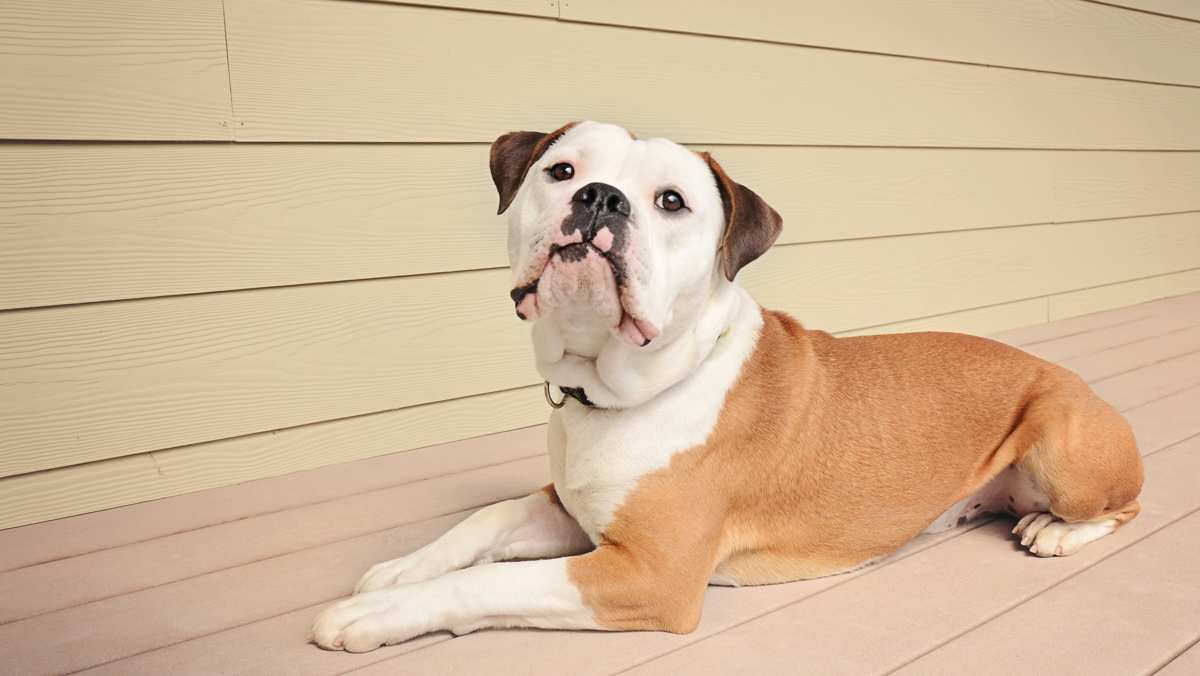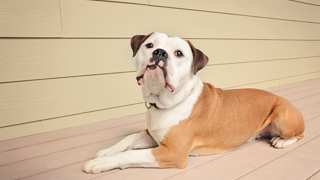Olde English Bulldogge Breed Details
The Olde English Bulldogge was conceived to be a guardian dog without the unprovoked aggression for which Bullys were long known. Until the 18th century, this remarkable aggression was widely desired, for the Bulldog breeds were fighting dogs that performed in public arenas. These days, however, dogs that are constantly hostile are not desired; they are often outlawed, frequently confiscated and sometimes even killed. As such, having a guardian dog whose ferocity can be managed and is only used when needed has been the desire of many Bully breeders. Granted, there is also patience, socialization and a great amount of training required to keep most Olde English Bulldogge problems at bay. Nevertheless, they are not too bad, even for first-time dog owners and families with kids and cats.
Below are some Olde English Bulldogge facts that will help you understand these dogs better:
PROS
- Fearless
- Loves kids
- Highly devoted
- Calm demeanor
- Amicable personality
- Great guardian dog for family
- Good for people with active lifestyles
- Fewer health concerns than other Bulldogs
CONS
- Can be needy
- Very territorial
- Frequent drooling
- Remarkably gassy
- Intolerance to heat
- Will chew on things
- Stubbornness is legendary
- Can be aggressive toward other, larger dogs

